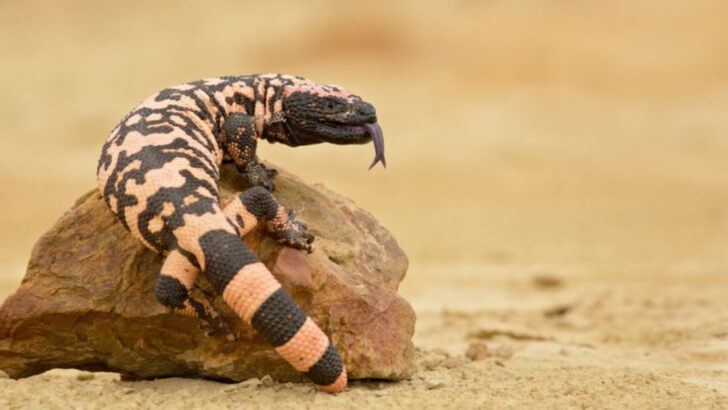The deserts of the U.S. are no place for the weak. Scorching days, freezing nights, and almost no water—yet some animals don’t just survive here, they thrive.
These creatures have adapted in ways that seem almost supernatural. Some store water in their bodies like living canteens. Others can vanish into the sand, waiting for the perfect moment to strike. And then there are those that defy the heat, wandering across the dunes like they own the place.
Whether it’s a reptile that walks on hot sand without burning its feet or a mammal that can go its whole life without a single sip of water, desert animals are the ultimate survivalists.
Here are 18 incredible species that have conquered the harshest landscapes in America—proving that nature always finds a way.
Greater Roadrunner
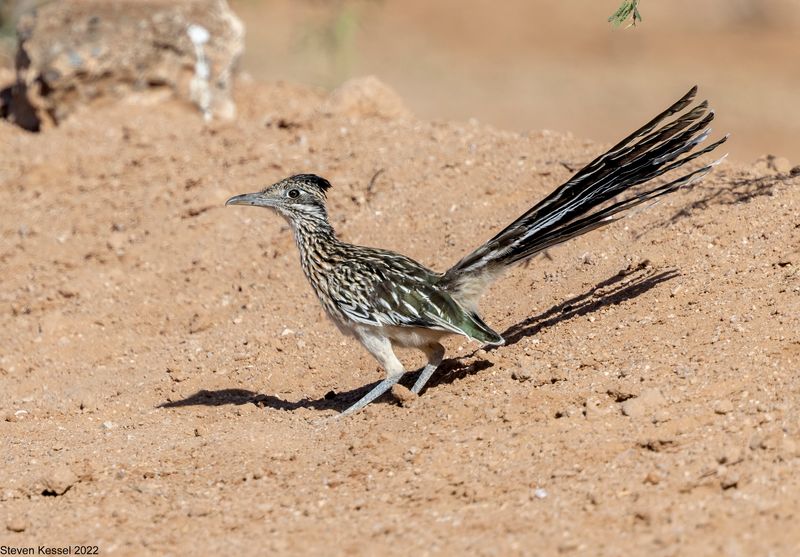
The Greater Roadrunner is known for its speed and agility, zipping through the desert at remarkable speeds. These birds are iconic in the southwestern U.S., often seen darting across roads. Their diet includes insects, small mammals, and even rattlesnakes. Roadrunners use their impressive speed to catch prey and escape predators.
Their ability to conserve water and regulate body temperature allows them to thrive in arid environments. By spreading their wings and absorbing sunlight, they can warm up during chilly mornings. Roadrunners’ adaptability and resourcefulness make them true desert survivors, navigating their harsh habitats with ease.
Desert Tortoise
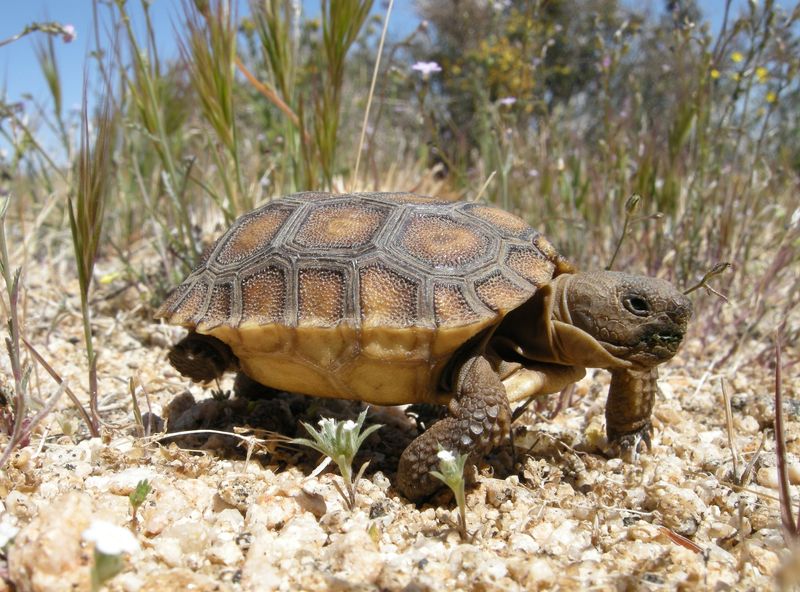
The Desert Tortoise is a marvel of evolutionary adaptation, equipped with a sturdy shell and the ability to conserve water efficiently. Found in the Mojave and Sonoran deserts, these tortoises spend most of their lives in burrows, which they dig to escape the extreme desert heat.
Their diet mainly comprises grasses and wildflowers, providing necessary hydration. Desert tortoises can survive months without water, relying on stored moisture and metabolic water. Their slow metabolism aids in conserving resources. Despite environmental challenges, these resilient reptiles demonstrate incredible survival tactics in the harsh desert landscape.
Coyote

Coyotes are highly adaptable mammals found throughout U.S. deserts. These cunning creatures have a varied diet, feeding on small animals, fruits, and even carrion. Their keen senses and intelligence enable them to evade predators and find food in barren landscapes.
Coyotes are social animals, often hunting in pairs or packs, which increases their hunting success. Their ability to adapt to changing environments and resource availability makes them resilient survivors. Coyotes often adjust their activity patterns, becoming more nocturnal, to avoid the scorching daytime heat. Their adaptability is key to thriving in desert regions.
Kangaroo Rat
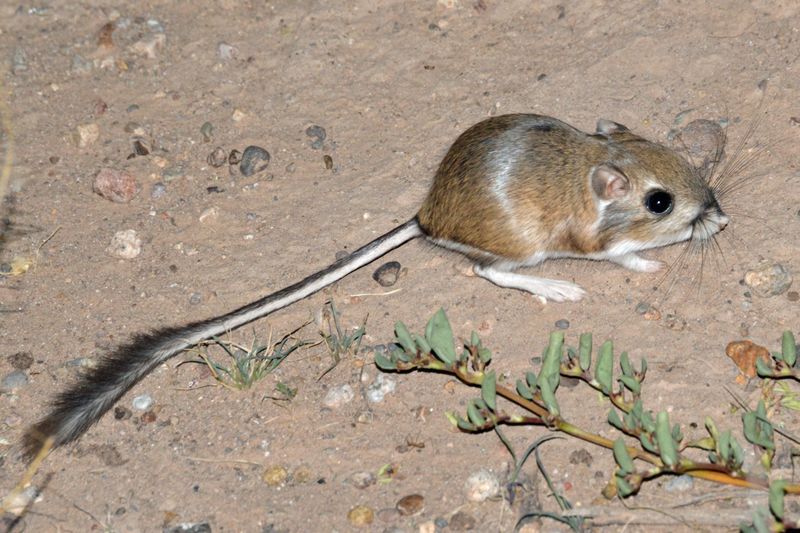
Kangaroo Rats have mastered desert survival with unique adaptations. Found in arid regions, these small rodents can live without direct water consumption. They obtain moisture from the seeds they eat and produce highly concentrated urine to minimize water loss.
With powerful hind legs, they can leap great distances to escape predators. Their nocturnal lifestyle helps avoid extreme daytime temperatures. Living in burrows provides further protection from the heat. The Kangaroo Rat’s ability to thrive in dry environments showcases its exceptional evolutionary adaptations, making it a true desert survivor.
Gila Monster
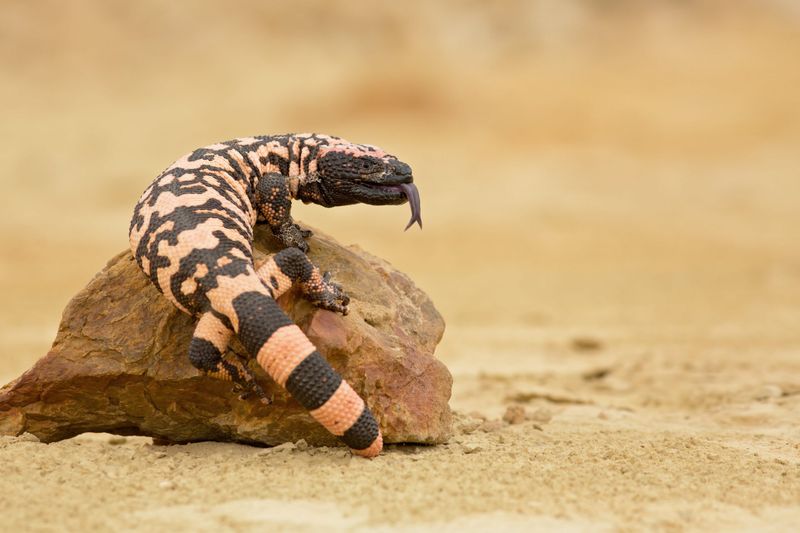
The Gila Monster is one of the most iconic reptiles in U.S. deserts, known for its striking appearance and venomous bite. These lizards are slow-moving but possess a powerful grip and venom, used for defense and hunting small prey.
They store fat in their tails, providing energy reserves during scarce times. Gila Monsters spend much of their time hidden in burrows, emerging mainly during milder temperatures. Their unique adaptations and striking appearance make them fascinating subjects of desert ecology, demonstrating resilience amid harsh desert conditions.
Black-tailed Jackrabbit

The Black-tailed Jackrabbit, with its long ears and powerful legs, is well-adapted to desert life. These hares are commonly found in the southwestern U.S., where they feed on grasses and shrubs. Their long ears help regulate body temperature by dissipating heat.
Jackrabbits are known for their speed, capable of reaching up to 40 mph to escape predators. Their keen senses and camouflage help them avoid threats. By resting in shaded areas during the heat of the day, they conserve energy and water. The Black-tailed Jackrabbit’s agility and adaptability make it a skilled desert survivor.
Burrowing Owl

The Burrowing Owl, known for its distinctive habit of nesting underground, thrives in open desert regions. These owls use abandoned burrows or dig their own to escape the desert heat and predators. Active primarily during dusk and dawn, they hunt insects and small rodents.
With long legs and a short tail, Burrowing Owls can run swiftly to catch prey. Their bright eyes and keen senses make them adept hunters. Adaptability and resourcefulness characterize these owls, allowing them to thrive in challenging desert landscapes. Their underground nests provide a unique survival advantage in arid environments.
Desert Bighorn Sheep
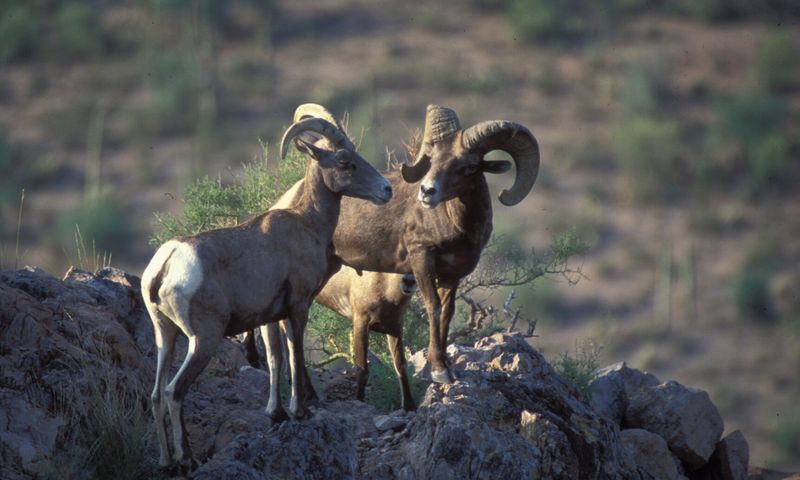
Desert Bighorn Sheep are emblematic of the rugged desert landscapes of the southwestern U.S. Known for their impressive climbing abilities, they navigate steep, rocky terrain with ease. Their diet consists primarily of grasses and shrubs, providing necessary hydration.
These sheep are well-adapted to arid environments, able to go without water for extended periods. They seek out dew-laden vegetation and use their keen eyesight to spot distant predators. The Desert Bighorn Sheep’s physical prowess and ability to survive in harsh conditions make them iconic desert dwellers, embodying resilience and strength.
Javelina (Collared Peccary)
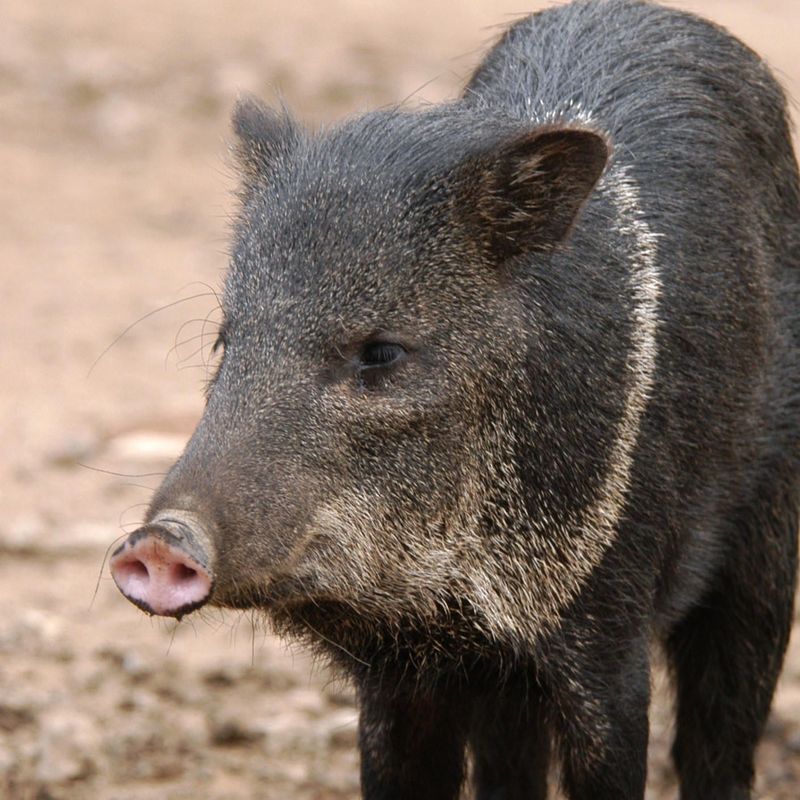
Javelinas, also known as Collared Peccaries, are social animals often found in deserts of the southwestern U.S. Known for their pig-like appearance, they travel in herds to forage for food, primarily feeding on cacti, fruits, and roots.
Their tough mouths allow them to consume prickly vegetation with ease. Javelinas use their keen sense of smell to locate food and communicate with herd members, often marking territory with scent glands. Their social structure and adaptability to available resources ensure their survival in desert environments. Javelinas’ resilience and social behavior make them intriguing desert inhabitants.
Desert Cottontail
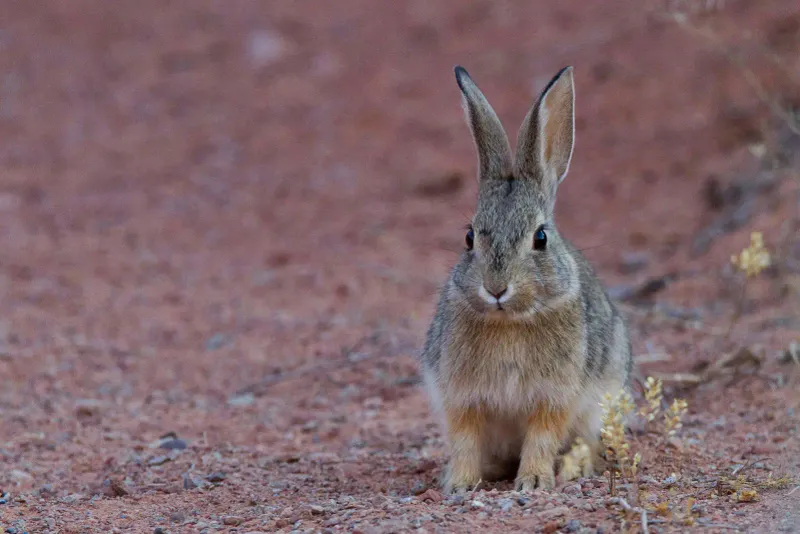
The Desert Cottontail is a common sight in U.S. desert regions, recognized by its large ears and fluffy tail. These rabbits are perfectly adapted to dry environments, often found near shrubs and grasses they feed on.
Their large ears aid in temperature regulation, dissipating heat efficiently. Cottontails are agile and quick, using their speed to escape predators. By being active during cooler parts of the day, they avoid the scorching midday sun. The Desert Cottontail’s adaptability and keen survival instincts make it a successful inhabitant of arid landscapes.
Western Diamondback Rattlesnake
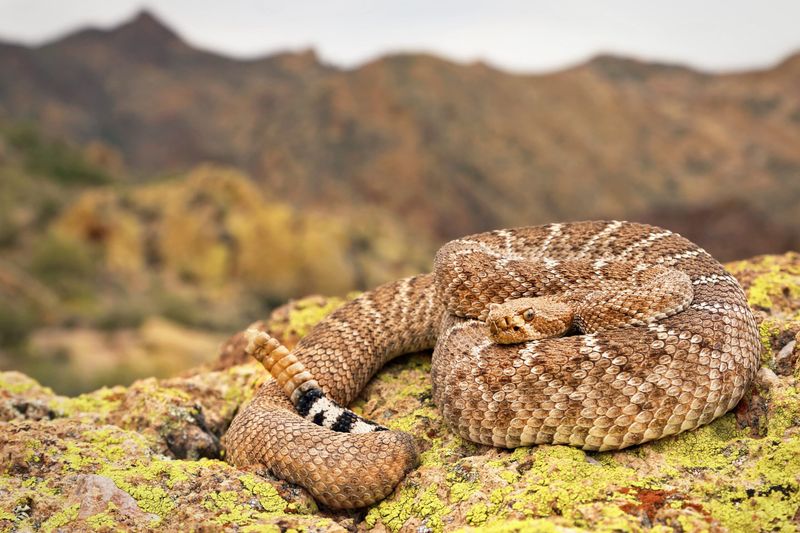
The Western Diamondback Rattlesnake is a formidable predator of the desert, known for its distinctive rattle and striking patterns. These snakes play a crucial role in controlling rodent populations.
Rattlesnakes use their venomous bite for hunting and defense. They are often found resting in shade or beneath rocks during the hottest parts of the day. Their ability to sense heat allows them to hunt efficiently at night. Western Diamondbacks are excellent at conserving moisture, able to thrive in arid climates where water is scarce. Their survival tactics make them fascinating desert inhabitants.
Elf Owl
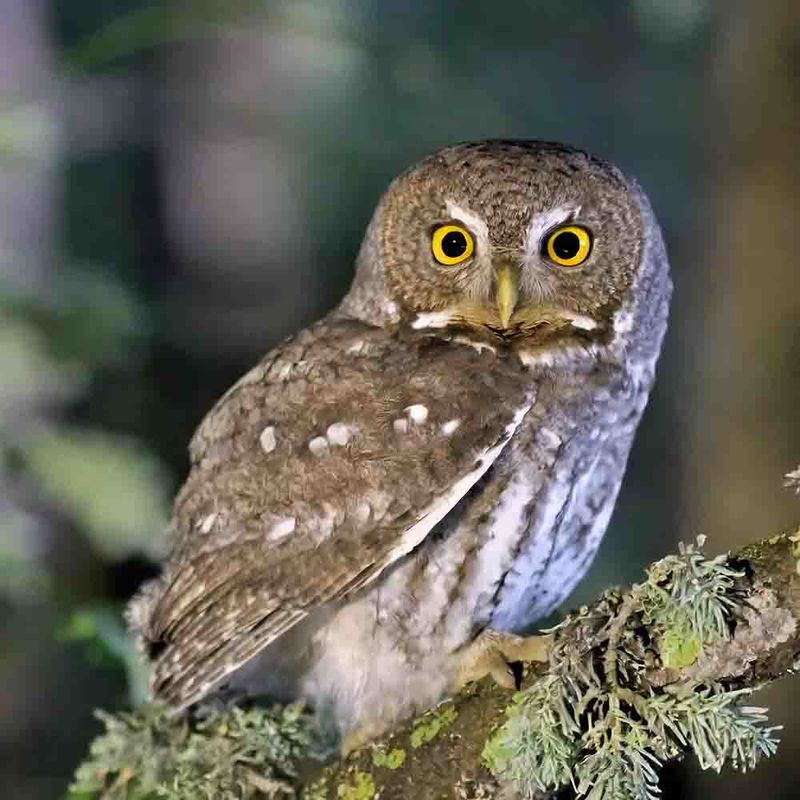
The Elf Owl, one of the smallest owls in the world, is a nocturnal bird adapted to desert life. These tiny owls nest in cavities of cacti, like the saguaro, providing protection from predators and heat.
Feeding on insects and small invertebrates, they are agile hunters during the night. Their small size and excellent camouflage help them avoid detection. Elf Owls’ reliance on cactus cavities for nesting highlights their unique adaptation to the desert environment. Despite their size, these owls are effective hunters, showcasing resilience and adaptability in harsh conditions.
Mojave Green Rattlesnake
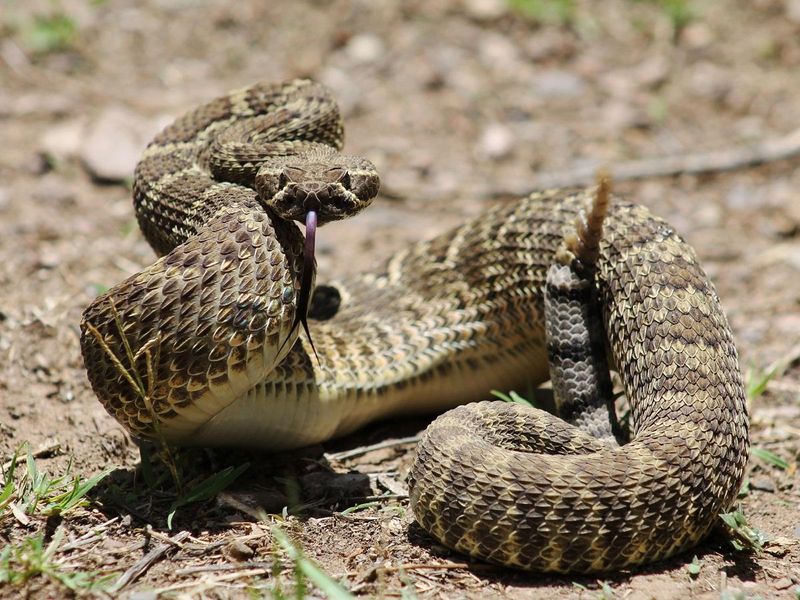
The Mojave Green Rattlesnake is notorious for its potent venom and striking green hue, making it a feared yet fascinating inhabitant of the desert. Found in the Mojave Desert, this snake is an adept hunter, preying on small mammals and birds.
Its venom is among the most potent of rattlesnakes, used primarily for subduing prey. The snake’s heat-sensing pits allow for efficient nocturnal hunting. Adaptations like water conservation and heat tolerance enable it to thrive in arid conditions, showcasing the harsh yet incredible life in desert ecosystems.
Round-tailed Ground Squirrel
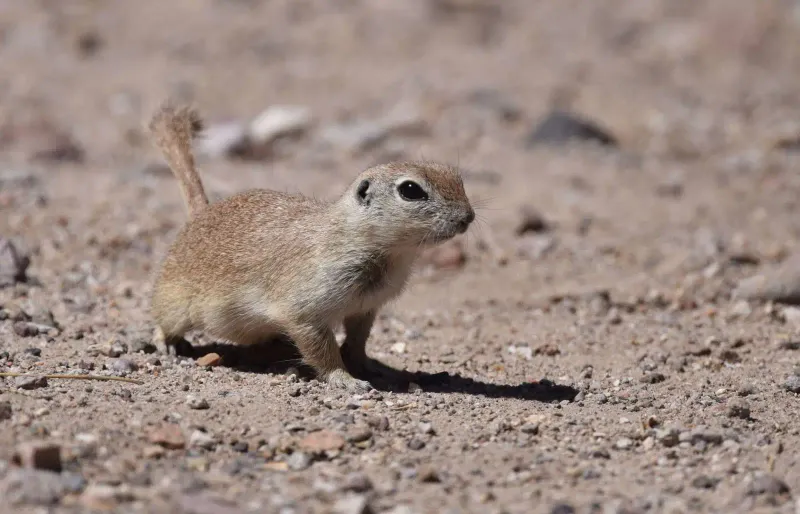
The Round-tailed Ground Squirrel is a small but resilient creature, thriving in the deserts of the southwestern U.S. These squirrels dig extensive burrow systems to escape the heat and predators.
Feeding on seeds, plants, and insects, they gain necessary hydration from their diet. Their social nature and communication skills help them alert each other to danger. By entering torpor—a state similar to hibernation—they conserve energy and water during extreme conditions. The Round-tailed Ground Squirrel’s adaptability and communal behavior reflect its mastery of desert survival.
Sonoran Pronghorn
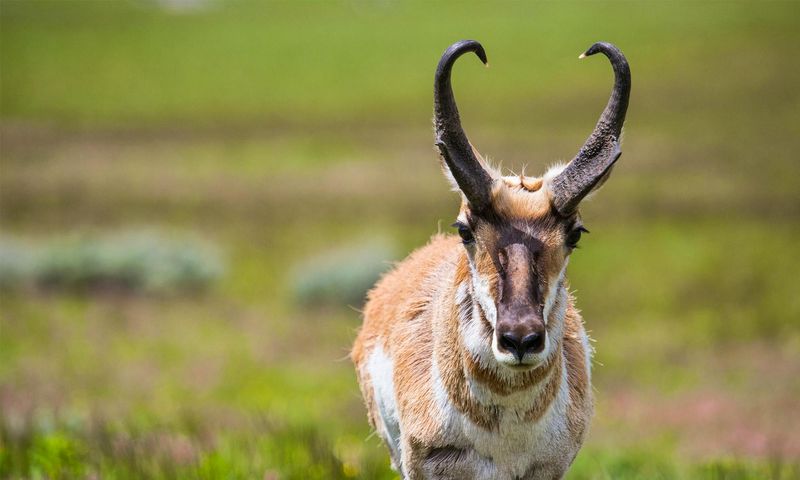
The Sonoran Pronghorn is a remarkable speedster, adapted to the open desert plains. Capable of reaching speeds up to 60 mph, they are elusive and challenging for predators to catch.
Found in the Sonoran Desert, these pronghorns feed on a diet of grasses, forbs, and cacti, obtaining necessary moisture from their food. Their large eyes provide excellent vision for detecting danger. Conservation efforts have helped boost their numbers, but they remain a symbol of desert resilience and the challenges of living in such a harsh environment. Their speed and adaptability are vital for survival.
Pallid Bat
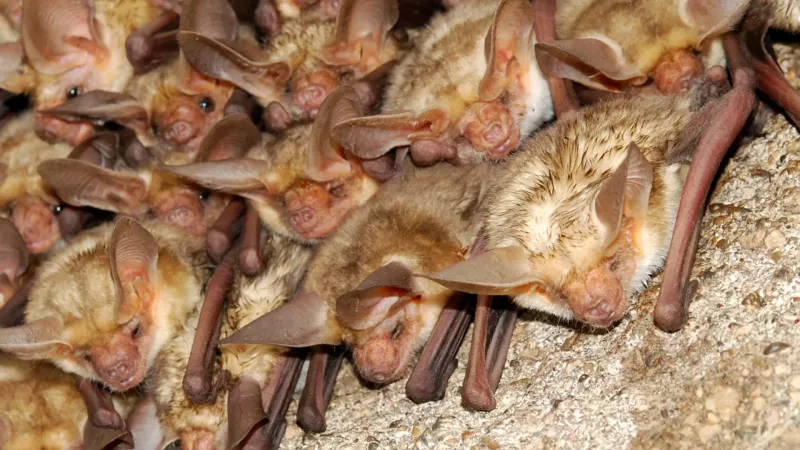
The Pallid Bat is an exceptional insectivore, adapted to desert life in the southwestern U.S. These bats hunt by night, using their keen sense of hearing to locate insects on the ground. Their diet includes scorpions and beetles, showcasing their unique hunting skills.
Pallid Bats are known to roost in rocky crevices and caves during the day, avoiding the extreme heat. Their ability to withstand scorpion venom is a notable adaptation. The Pallid Bat’s nocturnal habits and specialized diet reflect its incredible adaptability and survival in desert ecosystems.
Desert Iguana
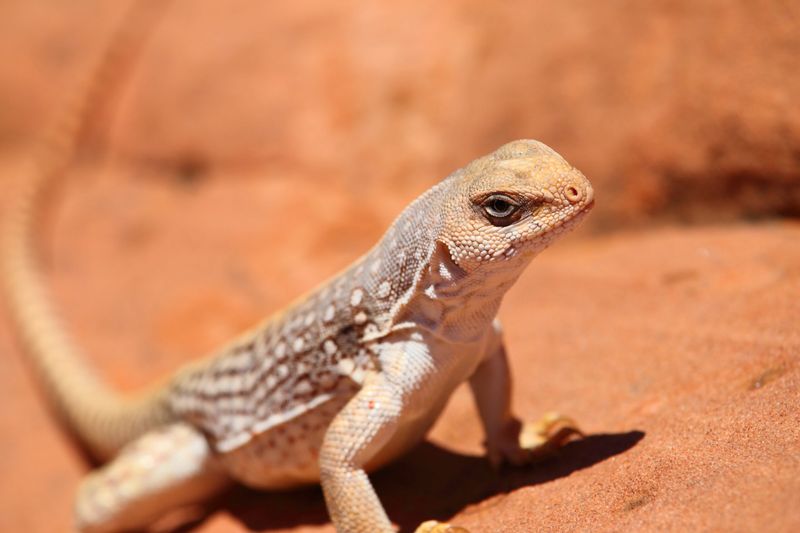
The Desert Iguana is a heat-tolerant reptile, thriving in the arid landscapes of the southwestern U.S. Known for its pale coloration, this iguana blends into sandy and rocky environments.
It primarily feeds on flowers and leaves of desert plants, adapting to a herbivorous diet. During the hottest parts of the day, Desert Iguanas are often seen basking, as their high body temperature aids in digestion. Their ability to survive in extreme heat and scarce water conditions underscores their resilience and adaptability, making them well-suited to desert life.
Harris’s Hawk
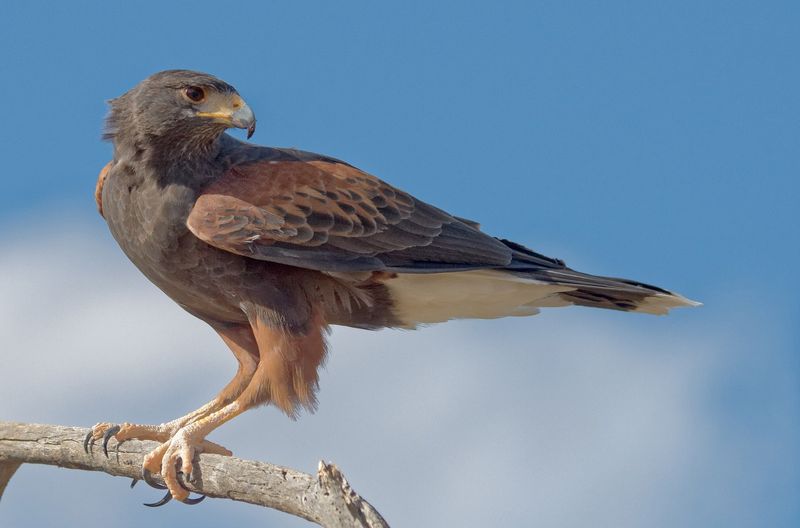
Harris’s Hawk is a social raptor known for its cooperative hunting behavior, often found in desert regions. These hawks hunt in groups, increasing their success in capturing prey like rabbits and rodents.
They build nests in tall cacti or trees, providing a strategic vantage point. Their agility and teamwork highlight unique survival strategies in arid environments. Harris’s Hawks are adaptable, able to thrive in various desert conditions by relying on both social structure and individual hunting skills. Their adaptability and social behavior make them outstanding desert inhabitants, mastering survival through cooperation.

